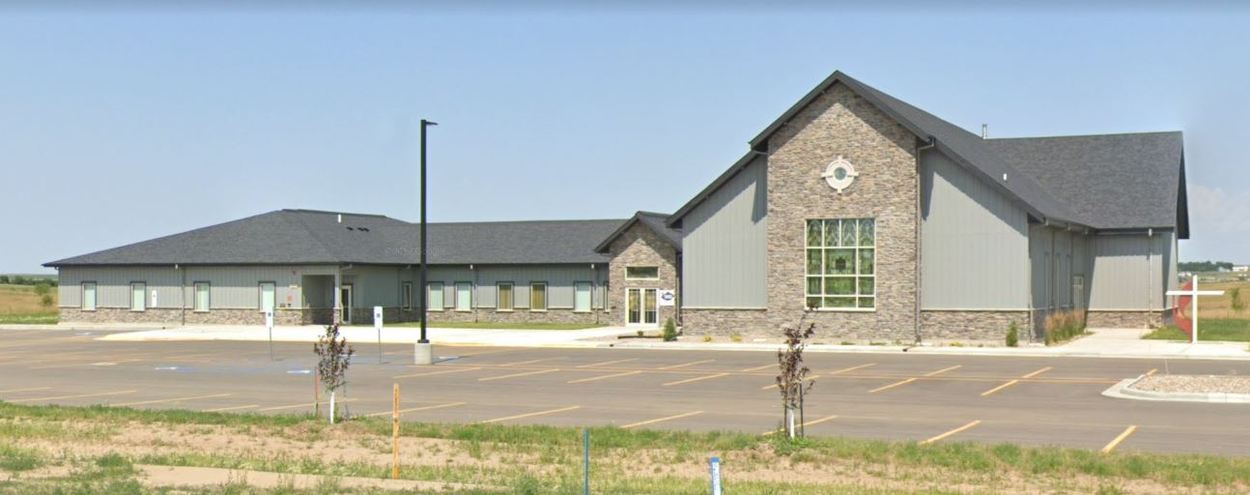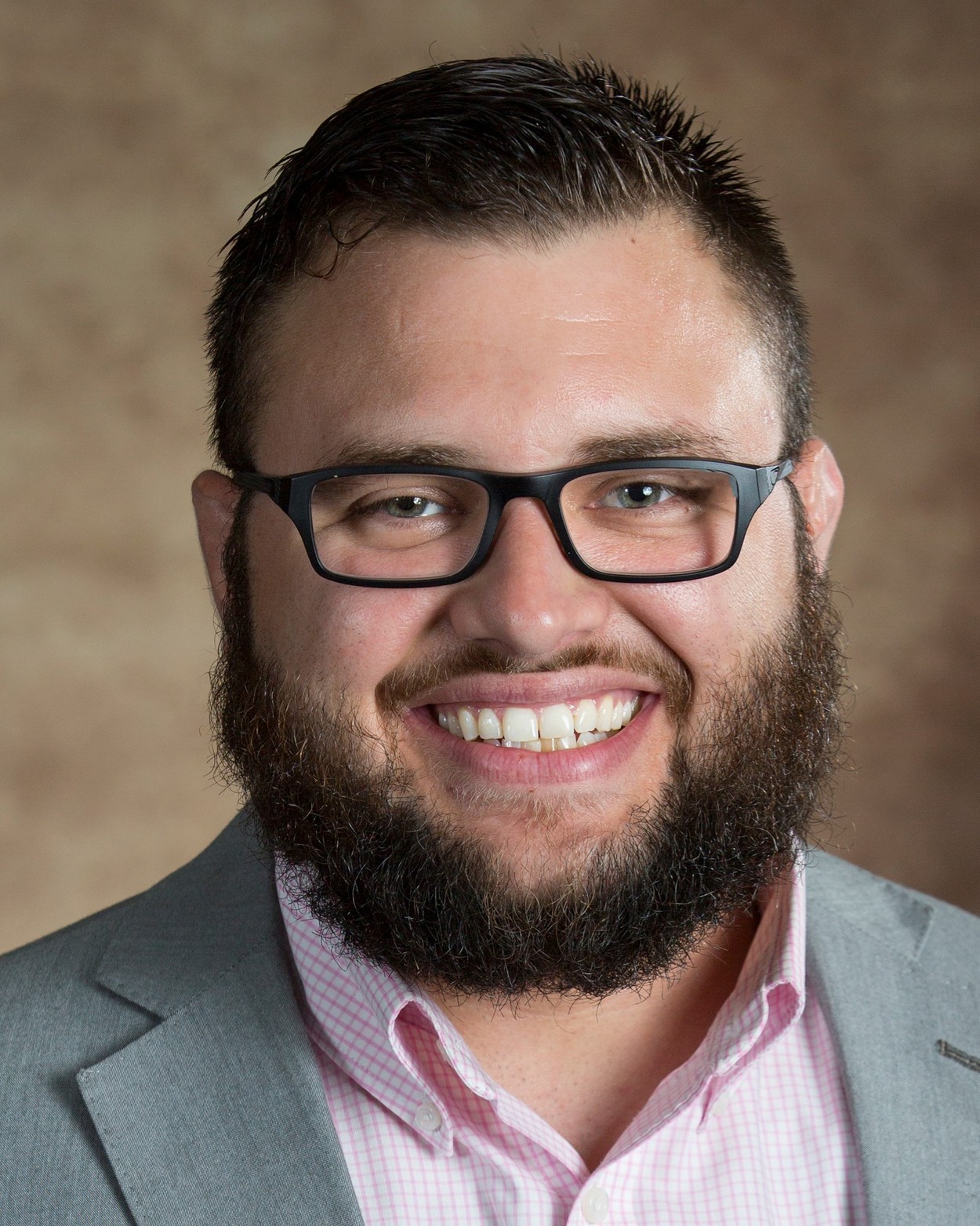
Prairie Winds UMC enters disaffiliation process

Prairie Winds Church. Dakotas Conference file photos.
“I have invested 28 years of my life serving God through Dakotas Conference. We know each other. I do not have theological views in concert with every person in the Conference. We are in a situation that is not anything to rejoice about. There is just a sadness that we are here at this point.” These are the words of Rev. Joel Winckler, who serves as the district superintendent for the Northwest District of the Dakotas Conference.
Winckler was notified in January 2021 that Prairie Winds United Methodist Church in Dickinson, North Dakota, desired to disaffiliate from The United Methodist Church. As the Northwest District Superintendent, of which the congregation is affiliated, he began the disaffiliation process with the congregation. Prairie Winds UMC sent a formal request in writing, a letter addressed to Winckler, stating that according to paragraph 2553 of the Book of Discipline, the congregation was seeking to disaffiliate. The Dakotas Conference has outlined a disaffiliation process in compliance with paragraph 2553 that was added at General Conference 2019 and recently affirmed by the Judicial Council.
“United Methodists around the world are seeking to find a way to cooperate in ministry together despite differences around human sexuality and other matters,” said Bishop Laurie Haller, who currently serves as the interim bishop for the Dakotas Conference. “It has become clear that some in our denomination may need a degree of separation as well so that we can fully engage our world with the good news of Jesus Christ.”
Disaffiliation is the process by which a congregation is able to leave the United Methodist denomination. Disaffiliation is different than separation. The proposed Reconciliation and Grace Through Separation Protocol legislation is about separation. Separation means that two or more parts of the denomination would leave to form their own denominations. Churches would be invited to select which denomination they would belong to. No plan for denomination-wide separation can go into effect without the approval of General Conference. However, the COVID-19 pandemic has postponed General Conference twice, with the international meeting now scheduled for Aug. 29-Sept. 6, 2022, in Minneapolis.
A United Methodist congregation is a legal entity tied to the denomination. Several issues have to be settled in the disaffiliation process, including incorporation, naming, tax numbers, pension costs, removal of all United Methodist Church-related items, membership, and more.

Rev. Joel Winckler, Northwest District Superintendent.
Rev. Winckler notified the Dakotas Conference Cabinet and Bishop Laurie Haller that Prairie Winds UMC submitted a formal written request. He then met with Pastor Jerry Stravia, who serves Prairie Winds UMC, and the local church board, known as the Spiritual Leadership Team, outlining the meaning of disaffiliation and the process. Dickinson Prairie Winds submitted all the required documents.
Pastor Jerry Stravia says that the congregation has been having ongoing conversations about leaving The United Methodist Church. Justin Schlecht, who serves on Prairie Winds’ Spiritual Leadership Team, states that several things are leading the congregation to become independent, not affiliating with any denomination.
“We found ourselves getting caught up in the legalese of things. There seemed to be less and less focus on our relationship with God. People were frustrated,” stated Schlecht.
Neither Schlecht nor Stravia spoke directly about the decades of denominational debate over homosexuality and defiance over church prohibitions, culminating in the contentious 2019 special General Conference. By a 438-384 margin, the United Methodist global legislative assembly reinforced the clergy and marriage restrictions as chargeable offenses and upheld the statement that the practice of homosexuality is “incompatible with Christian teaching.”
Karl Rockeman, a member at Prairie Winds UMC, who served as the church council chair during the construction of the new building, expresses a desire to remain connected to The United Methodist Church. He states the UMC’s long-standing debate on homosexuality prompted the action of the Spiritual Leadership Team to vote in a meeting on January 5, 2021, to seek disaffiliation.
“I was baptized and confirmed in a United Methodist Church. There is certainly some divisiveness at the denominational level, especially related to homosexuality. There are benefits of the connection. I love the work that UMCOR (United Methodist Committee on Relief) does, giving every dollar to support those in need. In The United Methodist Church, we are part of a force multiplier. We can do more together rather than independently as a church. During the oil boom, people would walk in the door of our church because they recognized the symbol of The United Methodist Church, and they knew we would help,” describes Rockeman. “We were able to help some people in very bad situations because of our connection. I worry about losing that.”
District Superintendent Winckler conducted the church conference as a business session modeled after the Dakotas Annual Conference session rules. Rev. Winckler presided. He was assisted by Randy Meissner, a lay leader from the United Methodist Church in Mandan, North Dakota. The only matter of business at the church conference was the motion to disaffiliate. Three speakers were recognized to speak for the motion, and three speakers were recognized to speak against the motion.
Schlecht spoke in favor of the motion to disaffiliate. “We are seeking to enhance our relationship with the Big Guy. We want to move forward and be in mission together. We have prayed about this. We have held conversations, listened, and did a lot of homework. We have been transparent. We honor the past leaders and respect our heritage as a United Methodist Church.”
Rockeman spoke against the motion to disaffiliate. “It seems the process was a little rushed. A lot of questions were left unanswered. What do we want the church to become? What is our vision for the future for Prairie Winds UMC? Most of the discussion seems to be from a few members. More discussion is needed for a unified direction.”
A paper ballot vote was conducted. Each person receiving a ballot listed identifying information—name, address, phone number, and e-mail on one side of the ballot. On the other side of the ballot, people marked yes or no. The only people handling the ballots were Rev. Winckler and Meissner.
Ballots were cross-checked, comparing names on the ballots to the audited membership list. Then the votes were counted twice. A two-thirds majority is required for a motion to disaffiliate to be affirmed. There were 99 valid ballots, with 67 voting yes to disaffiliate and 32 voting no on the motion to disaffiliate. The motion carried by two votes.

Pastor Jerry Stravia.
Speaking about the church conference and reporting the vote, Winckler said, “It is hard to be part of a process where you know that you are going to have a side that is not happy. That is a reality with this process. It was a close vote. We will need to provide a place for those members of the local congregation who want to remain United Methodist. We know that in this case, it is very close to one-third of the voting membership.”
The next step is the disaffiliation agreement. This involves the Dakotas Conference Treasurer, Board of Trustees, Chancellor, the local pastor, and local church board of trustees. The agreement outlines obligations and next steps related to property, financial responsibilities, and church records.
When a congregation decides to no longer belong to the United Methodist denomination, it will impact both the congregation’s and the conference’s resources. The conference treasurer will provide the amounts due to the conference by the congregation prior to the disaffiliation. These amounts include current and future apportionments, unfunded pension obligations, and a determined amount required for the congregation to leave with its property under the United Methodist trust clause. Payment of these categories will be required before disaffiliation is approved. Part of this process is to ensure that the church is fully committed to a significant step in its life and ministry.
Rockeman is stepping away from the congregation for now. “I am looking at this as my time in the wilderness. I need to see where I fit and where God is calling me.”
The current pastor of the congregation requesting disaffiliation needs to declare their desire to remain a United Methodist clergy or to surrender or transfer their credentials. Pastor Jerry Stravia has stated that he will surrender his credentials.
“I want to surrender myself with this congregation to where God is moving,” said Stravia. “We are trying to resemble the Father.”
The final step to the disaffiliation process is for a vote of the Dakotas Annual Conference to affirm the disaffiliation agreement defined by the Dakotas Conference Board of Trustees.